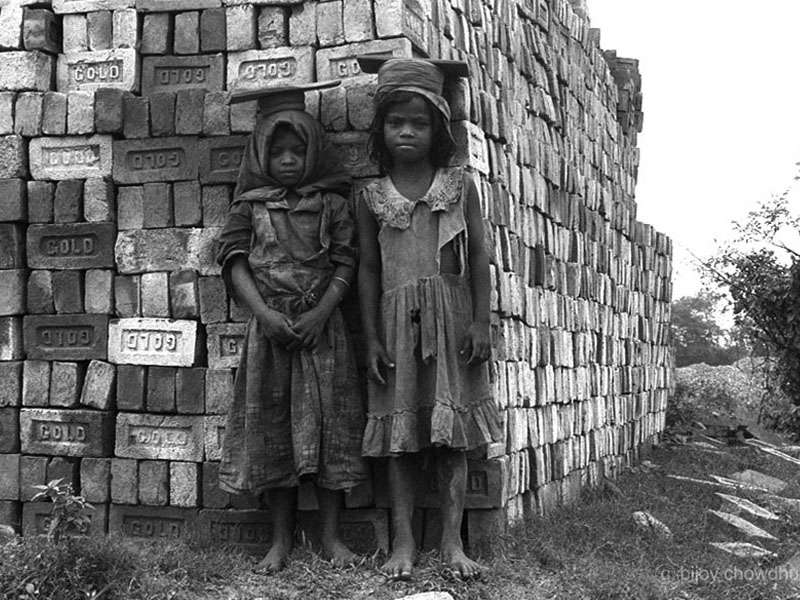Indian brick field labourers are subject to abysmal working condition, bonded labour, child labour, paltry wage and unavoidable diseases. The darkness under the glittering flames of ‘Shining India’: a photo-essay by Bijoy Chowdhury.
Bricks constitute one of the basic ingredients of a home infrastructure. That is why, often, we use the metaphor of a brick to refer to the foundations of modernity.
Modern working conditions or work relations are however not what the brick makers of this country encounter. The innumerable brick kilns around the country run on round-the-clock captive labour under abysmal working conditions. It would not be an exaggeration to say brick-workers happen to be an army of workers with fractured bodies and minds. In collusion with political leaders and local mafia, the administration does it’s part by overruling and cold-storaging it’s own declared law: such as the Bonded Labour (Abolition) Act, Minimum Wages Act, Child Labour (Prohibition and Regulation) Act, or the Inter-State Migrant Workmen Act. Cheap labour at a very low cost, guaranteed by the agricultural and related economic crises, ensure that the brick kilns can continue reaping profits at the expense of minimum needs of health, education and food for workers, particularly the children and women workers. Meanwhile, the delicate and powerful fingers of these fractured souls continue to get whipped into churning dazzling skylines out of hot furnaces, as ‘Shining India’, ‘Vishwaguru India’ belches out it’s deafening warcries of ‘development’.
Looking at the brick fields through the lens over the past few years, the photographer has tried to provide acute attention to the diabolical conditions of the brick kiln workers. Wages paid were as low as Rs. 20-30 per day. The brick field owners mandate 12-14 hour work-days under the scorching sun, enveloped with dust clouds and smoke all around, often causing critical diseases like Tuberculosis, Diarrhea, Bronchitis and skin problems among the workers. The skyscrapers of modern ‘world power’ India are literally built out of rectangular blocks of blood, sweat and dreams of kiln workers.
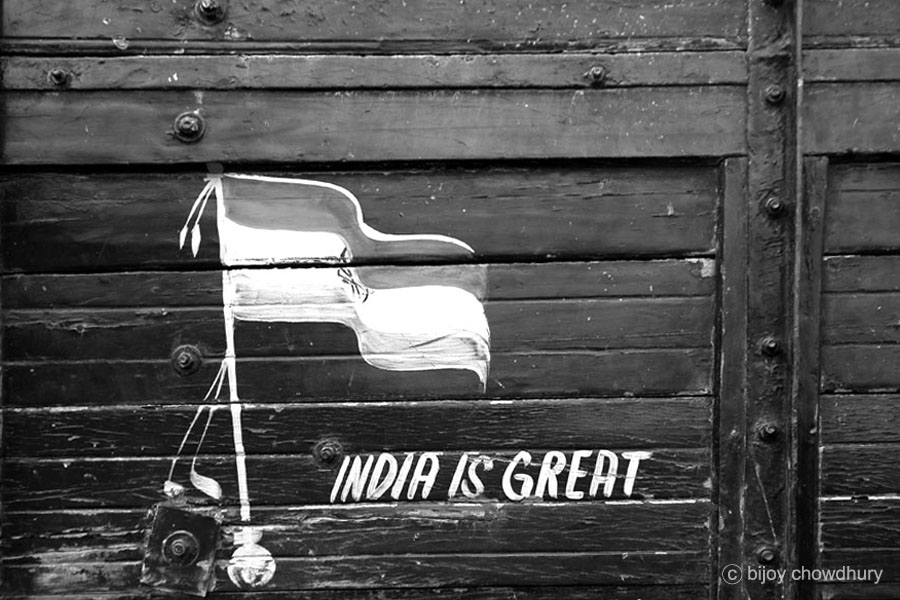
Shining India
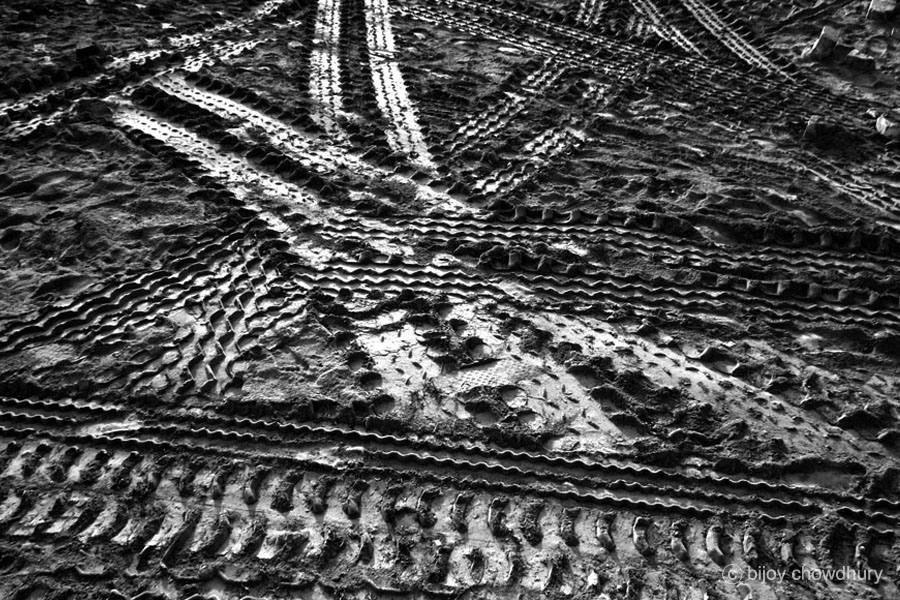
Marks
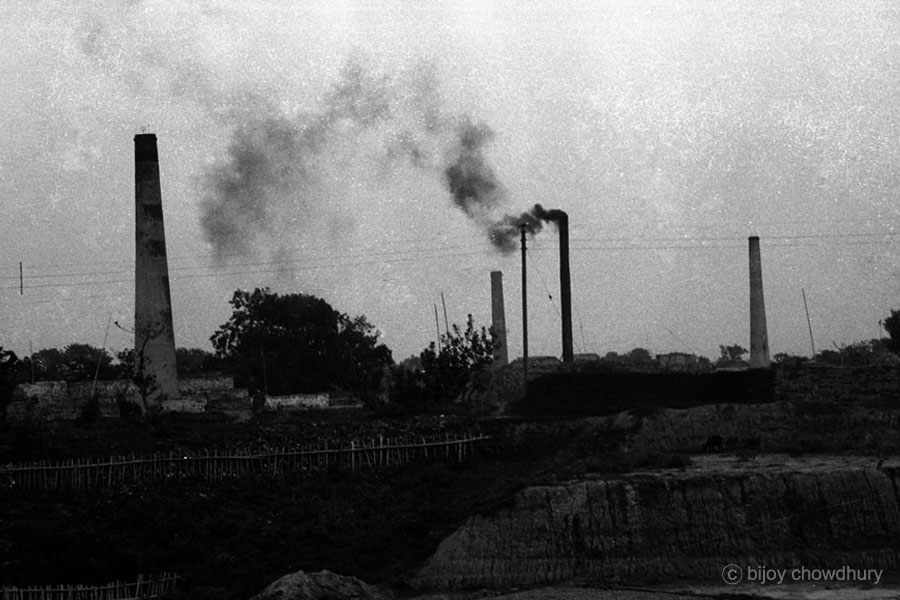
Smoke
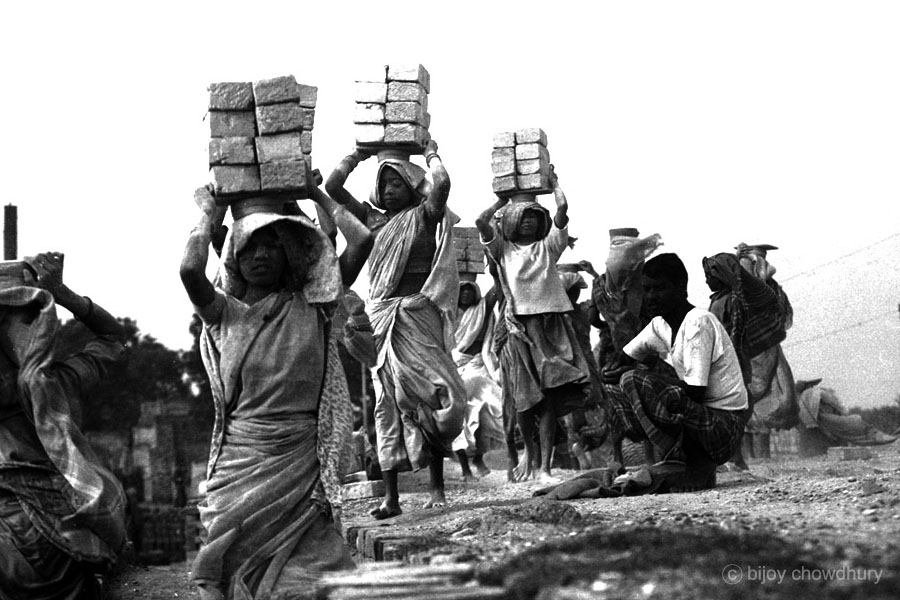
‘Women’ Workers
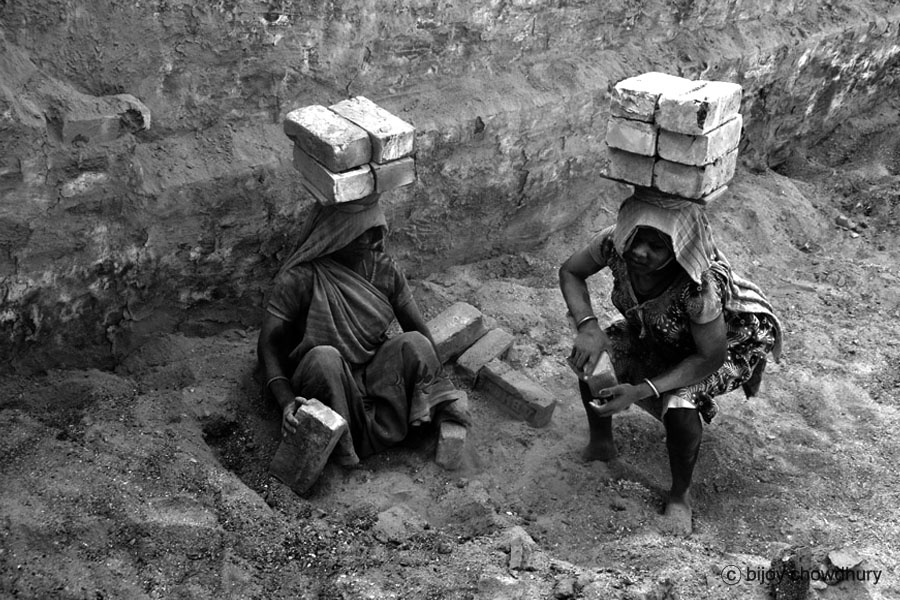
The Pit of No Return
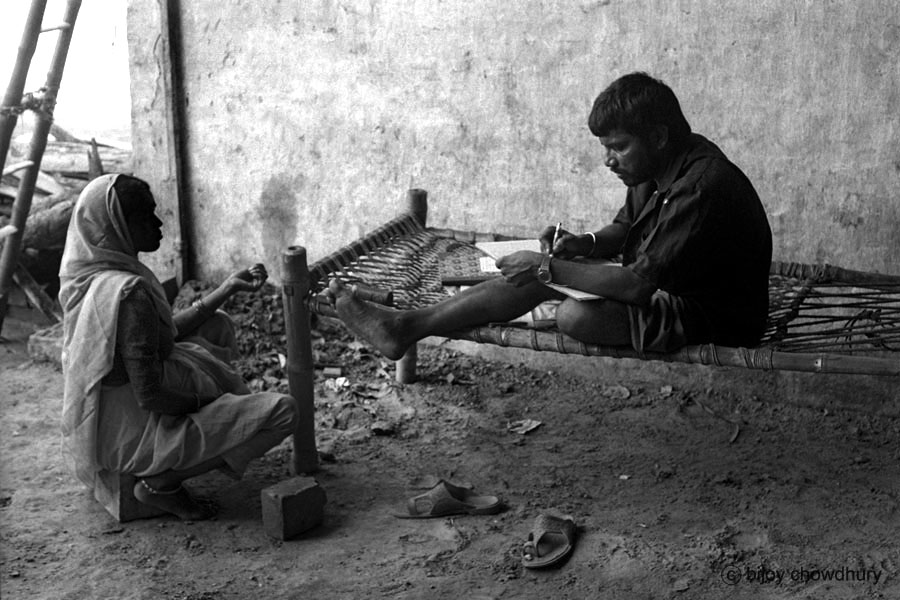
Everyday Bleakness
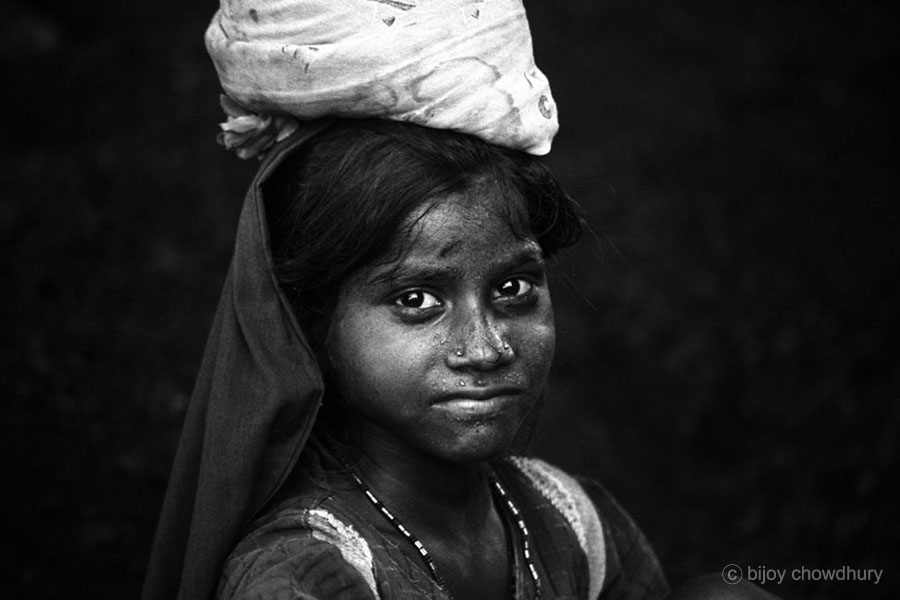
Stolen Smile
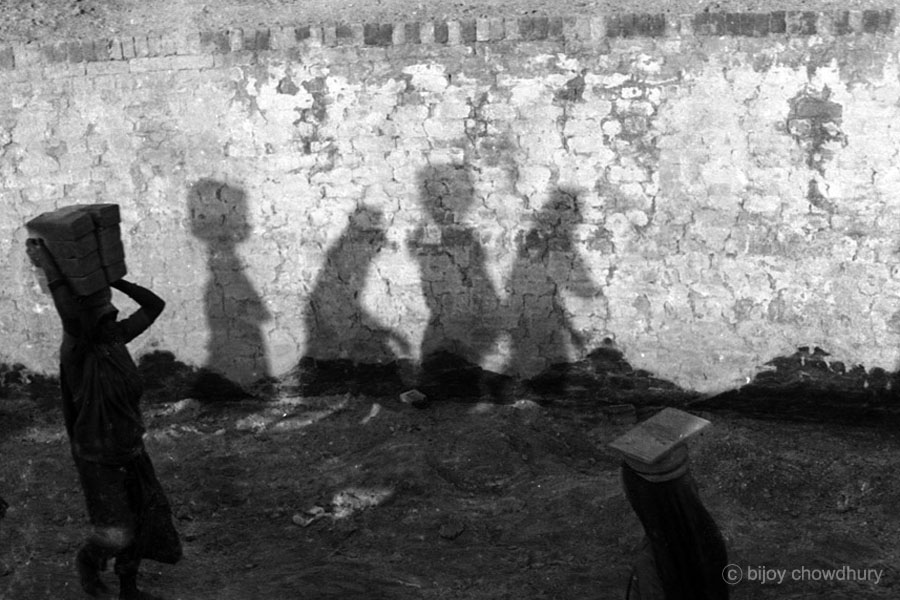
Marching Shadows
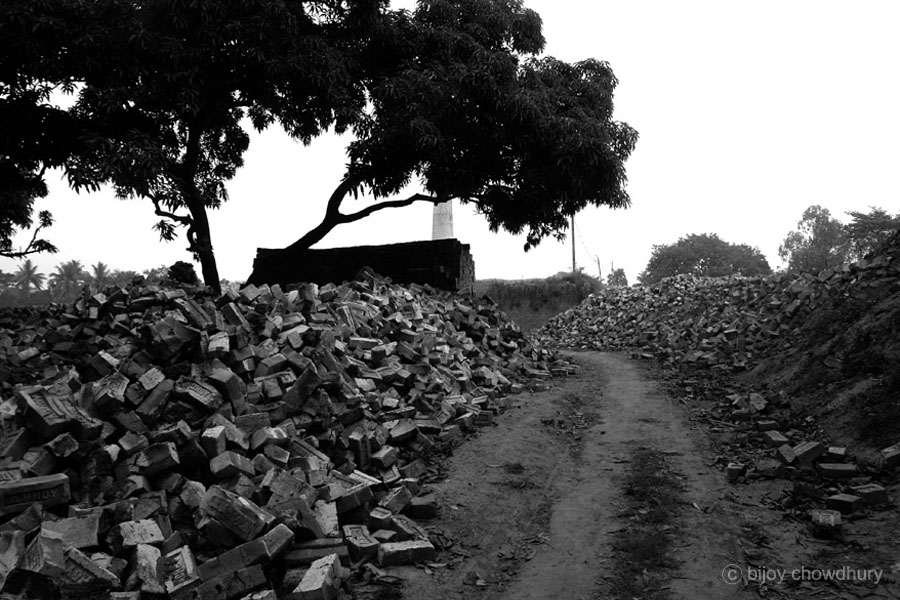
Debris
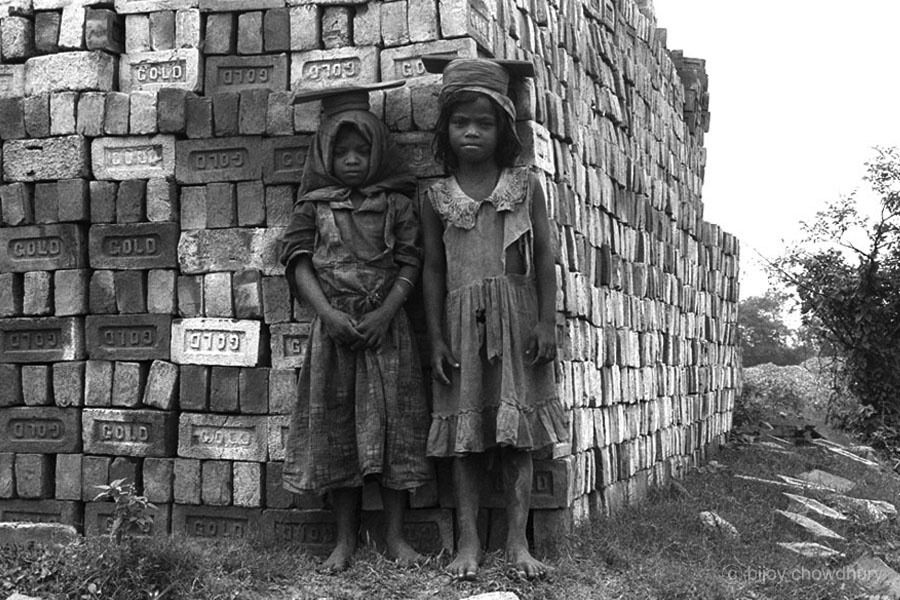
Brick Field Labourers
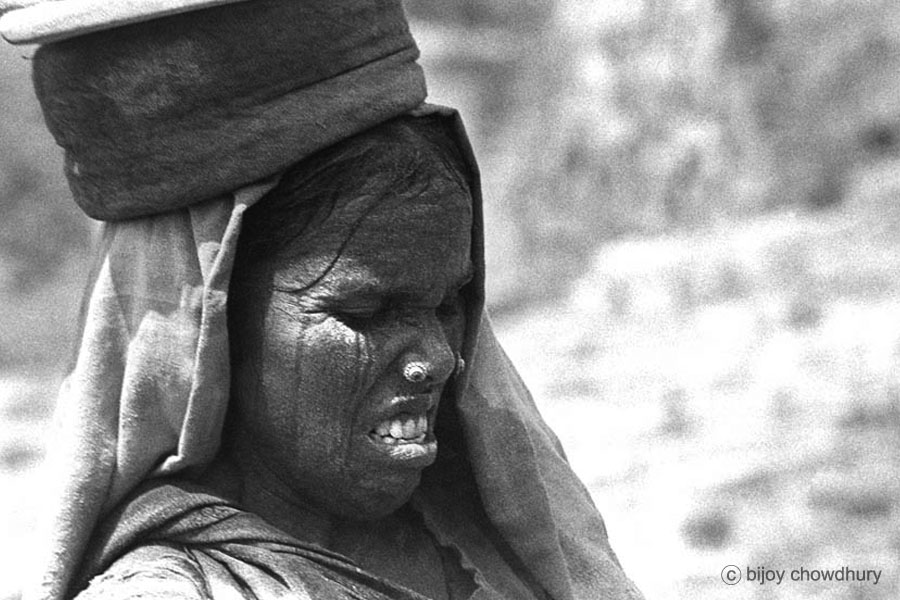
A Portrait
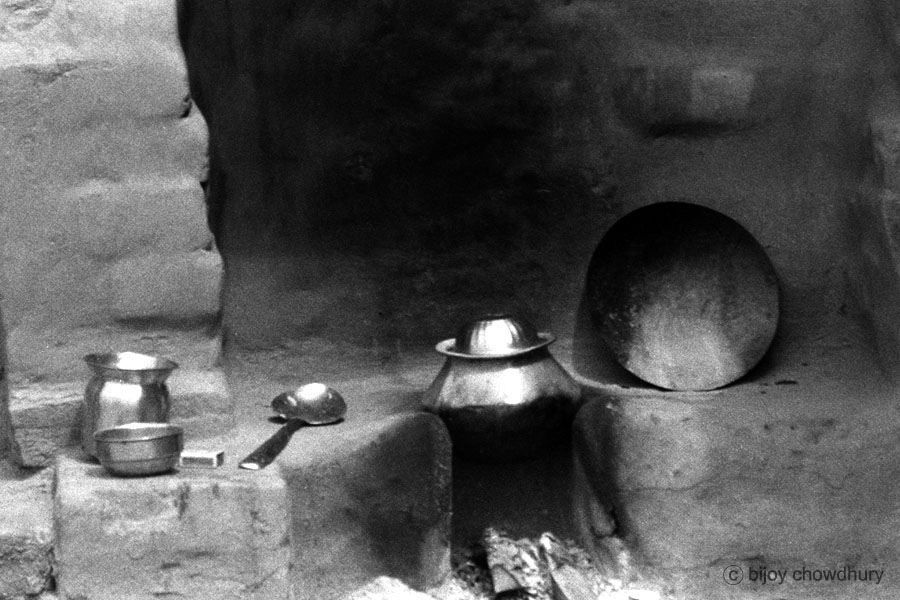
Household

